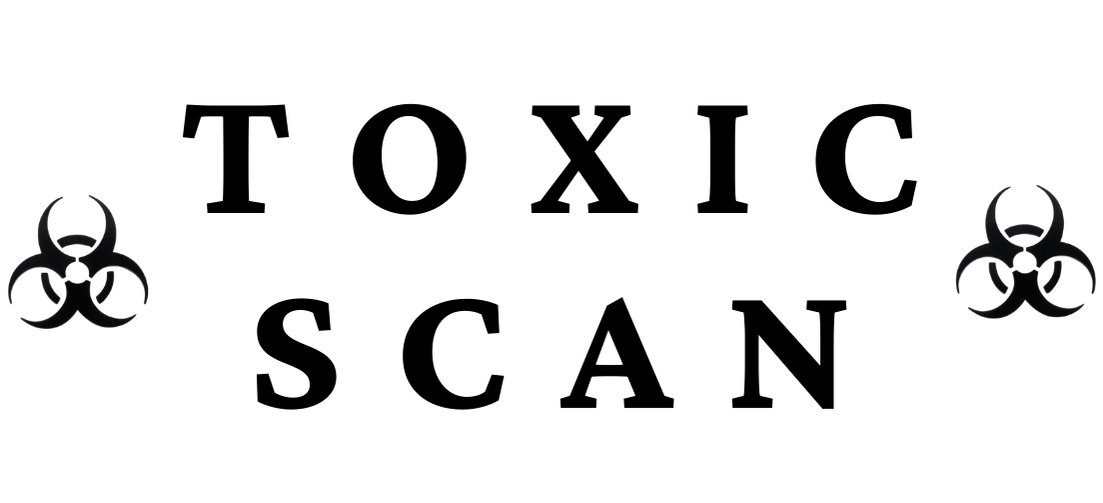E132: Indigotine
E132: Indigotine
What is E132 (Indigotine)?
Indigotine (E132), also known as Indigo Carmine or FD&C Blue No. 2, is a synthetic blue food coloring that provides a distinctive deep blue shade to various food products. This water-soluble dye belongs to the indigo family and is chemically described as disodium 3,3'-dioxo-2,2'-bi-indolylidene-5,5'-disulfonate. It can be mixed with other colors to produce various shades, particularly greens and purples.
Source and Production
Indigotine is a synthetic dye with historical connections to natural indigo:
- Synthetic production: Commercially produced through chemical synthesis 2. Production process:
- Originally derived from coal tar
- Modern production from petroleum-based precursors
- Chemical synthesis involving sulfonation of indigo
- Purification to meet food-grade standards 3. Historical context:
- Named after the natural blue dye indigo from plants
- Synthetic version developed in the 19th century
- Now entirely produced through chemical processes
The production is fully industrial and does not involve natural extraction from plants.
Common Uses in Food
E132 is used in a variety of food products, including:
- Confectionery and candy
- Ice cream and frozen desserts
- Bakery products (icings, decorations)
- Soft drinks and alcoholic beverages
- Dessert mixes and jellies
- Dairy products
- Syrups and sauces
- Pharmaceutical applications (pill coatings)
- Cosmetic products
- Scientific applications (biological staining)
Functional Properties in Food
Indigotine offers several functional properties:
- Vibrant blue color: Provides a deep blue shade
- Water solubility: Easily incorporated into aqueous food systems
- Good stability: Relatively stable to light compared to some food colors
- pH sensitivity: Color can shift in strongly acidic conditions
- Heat resistance: Maintains color during cooking and baking processes
- Synergistic effects: Combines with yellow colors to create greens
Health and Safety
Safety Assessment
Indigotine has been evaluated by various regulatory bodies:
- The European Food Safety Authority (EFSA)
- The U.S. Food and Drug Administration (FDA)
- The Joint FAO/WHO Expert Committee on Food Additives (JECFA)
The Acceptable Daily Intake (ADI) has been established at 0-5 mg/kg body weight by JECFA.
Safety Concerns
Several health concerns have been associated with indigotine:
- Allergic reactions: Can cause allergic or intolerance reactions in sensitive individuals
- Hyperactivity: Some studies suggest a possible link to hyperactivity in children
- Asthma exacerbation: May worsen asthma symptoms in some people
- Cross-reactivity: Potential for cross-reactivity in people with aspirin sensitivity
- Histamine release: May trigger histamine release in sensitive individuals
Susceptible Populations
Certain groups may be more vulnerable to adverse effects:
- People with existing allergies, particularly to aspirin or other dyes
- Children with attention disorders or hyperactivity
- Individuals with asthma
- Those with inflammatory bowel conditions
Regulatory Status
The regulatory status of E132 varies by country:
- European Union: Approved as E132 with specific maximum levels
- United States: FDA approved as FD&C Blue No. 2
- Australia/New Zealand: Approved as food additive 132
- Canada: Permitted with specific limitations
- Japan: Approved with restrictions
- India: Permitted for specific food categories
Consumer Information
Consumers may find indigotine on labels under various names:
- E132
- Indigotine
- Indigo Carmine
- FD&C Blue No. 2
- CI Food Blue 1
- CI 73015
- Disodium indigotindisulfonate
Products containing artificial colors must declare them on ingredient lists, making them identifiable for consumers wishing to avoid them.
Special Considerations
Several aspects of indigotine are worth noting:
- Pharmaceutical use: Used in diagnostic procedures and as a medical dye
- Southampton study: Included in the 2007 Southampton study on food colors and hyperactivity
- EU warning labels: Since 2010, foods containing E132 and certain other colors require a warning stating they "may have an adverse effect on activity and attention in children" in the EU
- Naturally-inspired: Though synthetic, it was inspired by natural indigo dye from plants
Alternatives to E132
For those looking to avoid indigotine, alternative blue colorings include:
-
Natural blue colorings:
- Spirulina extract (blue-green algae)
- Butterfly pea flower extract
- Gardenia fruit extract
- Fruit and vegetable juices (blueberry, blackcurrant)
-
Other synthetic blue colorings:
- Brilliant Blue FCF (E133) – considered by some to have a slightly better safety profile
Metabolism and Elimination
When consumed, indigotine undergoes the following processes:
- Absorption: Poorly absorbed from the gastrointestinal tract
- Metabolism: Some metabolism by intestinal bacteria
- Elimination: Primarily excreted unchanged in feces
- Secondary elimination: Small absorbed amounts excreted in urine
Conclusion
E132 (Indigotine) is a synthetic blue food coloring with moderate health concerns, as reflected by its toxicity rating of 3. While it provides vibrant blue coloration that is difficult to achieve with natural alternatives, its potential to cause allergic reactions and possible link to behavioral effects in children have led to increased scrutiny. The requirement for warning labels on products containing this color in the European Union reflects these concerns. Consumers who are sensitive to food additives or who prefer to avoid synthetic colors may wish to choose products containing natural alternatives or no added colors. Manufacturers continue to work on developing more natural blue color alternatives, though achieving the same intensity and stability remains challenging.
